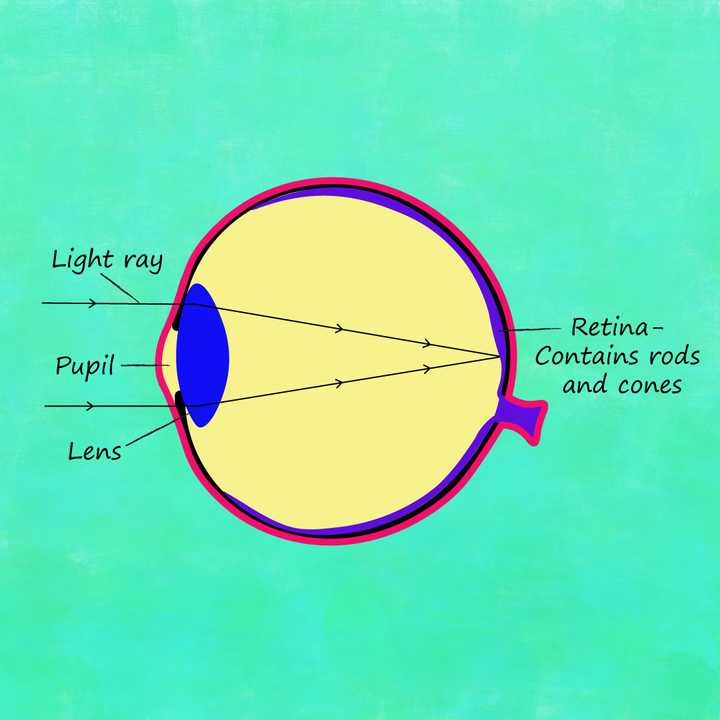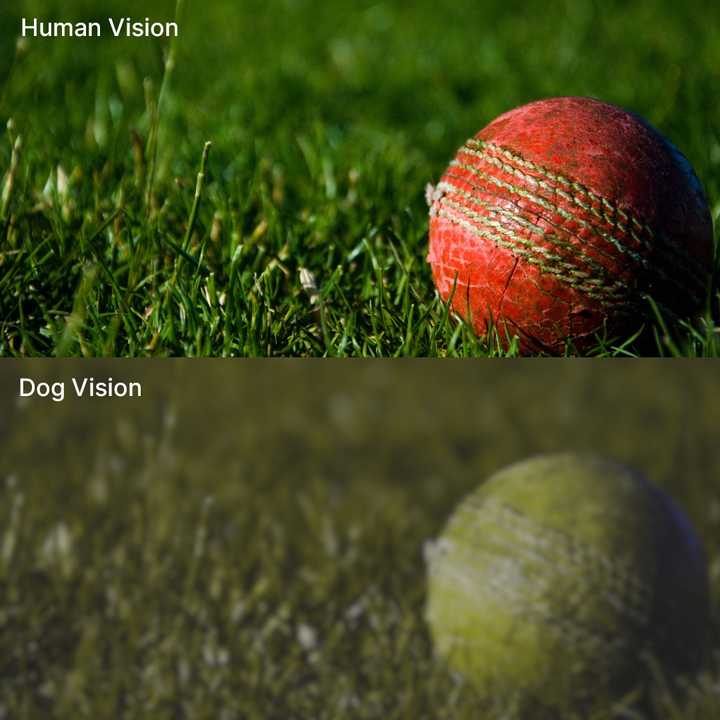
Everything you need to know about stem cells
What are stem cells, and what makes them so unique? What are the different types of stem cells, and how have they impacted modern medical science? Here is us answering all your questions about stem cells.

It is a bright sunny day, and you have decided to play fetch with your dog in the park. You throw your shiny red ball into the air, and it falls a few feet away in the grass. You can see the ball clearly from where you stand. As you wait patiently for your dog to leap towards the ball and find it, he does something interesting. He decides to sniff his way through the grass to locate the ball.
What is happening here? Why does your dog feel the need to use his nose instead of his eyes? It is after all a bright day, can’t he just see the ball?
Well, he can’t really. What you see to be a red shiny ball, might appear to him as a dull yellowish-grey lump. Surprisingly, your vision and your dog’s vision can be very different. Let’s explore why, shall we?

A simplified illustration of the human eye. © Sunaina Rao
Before we understand how a dog’s vision works, we need to take a quick look at how our own vision works. This is interesting, so hold on tight!
Let’s imagine looking at a tree. First, the light from the tree enters our eyes through a small peep-hole called the pupil. This is the small black circle at the centre of our eyes. Sitting behind the pupil is the lens, which bends this light. The bent light then travels across the eye and makes an image on the retina. The retina lies at the very back of the eye and consists of several layers of cells, all responsible for processing the image. In this case, the image is that of a tree.
Out of the many layers in the retina, one layer contains the photoreceptor cells - namely the rods and cones. These are the cells that actually ‘sense’ light. The human retina contains around 120 million rods and 5 million cones. Both the rods and cones contain specific pigments on their cell surfaces. These pigments are responsible for sensing light by converting the light rays into chemical and electrical signals.
The pigment in the rod cell is sensitive to even the smallest amount of light. Hence it helps with night vision. However, this pigment gets desensitised in bright light and does not help to see much during the day. It is also insensitive to different colours. The pigments in the cones, on the other hand, are not as sensitive to light and therefore do not help in night vision. However, they help us see the world during the day.
Great! So now we know how an eye works. But there is still one more question we need to answer - How do our eyes detect all those beautiful colours?
As a matter of fact, there exist three different cones in our retina, each with a different type of pigment. The three pigments help us see three differently coloured wavelengths of light - Red, green and blue. Therefore we are said to have trichromatic vision. All the other colours we see are due to the combination of signals produced by these three cells.
These signals generated by the photoreceptors are finally relayed to the brain, which interprets the image to be what it is!

Top: The human view of a red ball. Bottom: The same ball as viewed by a dog. Image generated by a dog vision tool created by András Péter.
While comparing dog vision to human vision, scientists consider five main visual parameters: Colour vision, sensitivity to light, visual acuity (sharpness), depth perception and field view. So let us take a look at these parameters one by one.
Unlike humans who have trichromatic vision, dogs have a dichromatic vision, meaning that they have only two types of cones - One which is sensitive to the violet wavelengths and the other to yellow-green wavelengths. Since they do not have a cone for the red wavelength, that red ball we saw earlier might appear yellow or greyish to dogs. However, dogs have more blue cones than humans. Thus, they may be able to see more shades of blue than we do.
So if you plan on buying toys for your dog, getting a blue or yellow coloured toy might be a good idea. Additionally, if you have staircases in your home, it might make your dog hesitant to use them under certain colour conditions.
Dogs are more sensitive to light than we humans are. This is due to two main reasons:
Dogs are hence empowered with excellent night vision.
However, if exposed to too much bright light, the rods get desensitised and might compromise their vision. This might affect the welfare of dogs in bright weather conditions such as in the snow or the desert.
Visual acuity refers to the ability to see the details of an object separately and unblurred. The visual acuity of dogs is approximately 3-8 times worse than that of humans. A typical dog has a visual acuity of 20/75. This means the details of an object that can be distinguished by a normal human vision from 75 feet away, can only be distinguished by a dog from 20 feet away.
So if your ball fell too far away, your dog may just not see it. He will be able to smell it though! Additionally, a dog’s visual acuity improves significantly at night.
The perception of depth occurs when the two eyes see the world from a slightly different perspective, and the resulting images get fused into one. More the overlap between the visual fields of the two eyes, more will be the perception of depth. Most dogs have an overlap of 30⁰ - 60⁰, while in humans it is around 140⁰.
Dogs, therefore, do not have the best perception of depth. So if your dog keeps falling down the staircase, his vision might be partly responsible for it.
Our view of our surroundings is also dependent on the placement of our eyes. While humans have a visual field of view of only 180⁰, dogs have a field view of 240⁰. This can make them more efficient in scanning their surroundings.
Although these measurements may make a dog seem like a poor blind animal, do not be fooled! It has other, far more superior senses. For example, dogs possess up to 300 million receptors in their noses in contrast to the 6 million receptors in ours. This is the reason your dog may resort to sniffing out that ball while playing fetch.
Furthermore, a recent study shows that dogs can also sense weak thermal radiations. This means they can actually sense the body heat of other beings. They are indeed among the very few animals that can do this.
What this essentially shows is that dogs did not particularly evolve to gaze at beautifully coloured flowers or sprint towards red shiny balls. They evolved to be night-predators capable of seeing the smallest details and detecting the slightest movement in the dark. This adds to the many reasons that make a dog a man’s best friend. What we are incapable of seeing at night, a dog easily can.
However, considering that dogs have become such an important part of human life, it is interesting to wonder if a dog’s colour vision may eventually evolve to become more like ours. We love pampering our dogs with colourful toys, treats and even clothes! So can evolving colour vision, similar to ours, add to a dog’s overall fitness? Well, that is for nature to decide!